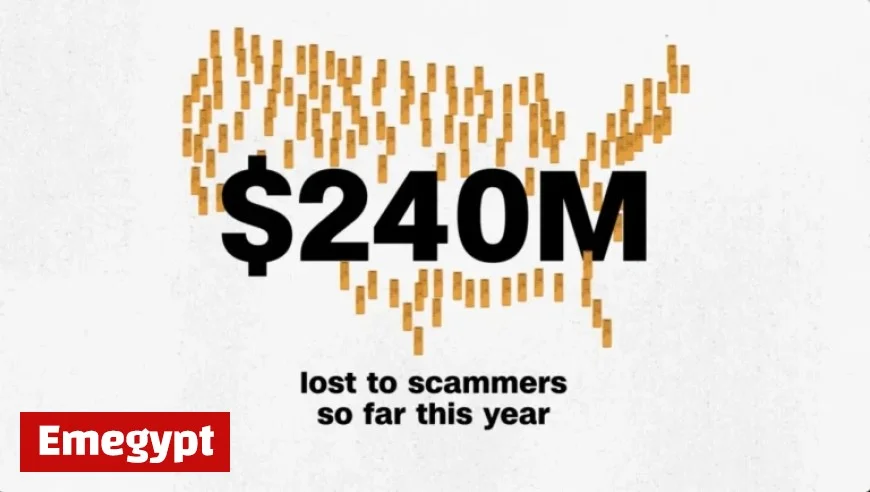How Scammers Exploit Crypto ATMs to Swindle Millions from Americans and Boost Company Profits

Crypto ATMs are emerging as a prominent method for scammers to exploit vulnerable individuals, particularly elderly Americans. Fraudsters increasingly manipulate these machines to siphon millions from unsuspecting victims, raising concerns about the responsibility of the companies operating them.
Rise in Crypto ATM Scams
In the first half of 2023 alone, the FBI reported losses of approximately $240 million due to scams involving crypto ATMs. This figure represents a significant increase, nearly doubling from the previous year. As these devices proliferate across the United States, particularly in convenience stores and gas stations, they have become increasingly entangled in illicit activities.
How Scammers Operate
- Scammers often deceive victims by claiming they are in legal trouble or that their bank accounts have been compromised.
- Direct instructions lead victims to withdraw cash and deposit it into crypto ATMs, where funds are converted into cryptocurrency and sent to scammers’ controlled wallets.
- Many victims, particularly retirees, are under duress and fail to read terms of service or on-screen warnings.
Profit Motive of Crypto ATM Companies
Companies like Bitcoin Depot and CoinFlip operate a large share of crypto ATMs, claiming to provide legitimate services. However, investigations reveal that these businesses may profit from inflated transaction fees ranging from 20% to 30%. Such markups work against consumers, especially when victims seek refunds after falling prey to scams.
Legal and Legislative Landscape
Authorities are beginning to recognize the dangers of crypto ATMs. Several states are drafting and passing legislation aimed at curbing scams, including transaction limits and mandatory refund policies for victims. Despite this, many industry lobbyists have successfully influenced laws to their benefit, softening necessary protections.
Complaints by Victims
Victims like Shelby ‘Gus’ Cason, who lost $15,000 through a Bitcoin ATM, share stories of frustration. Efforts by law enforcement to reclaim these funds often hit roadblocks, as companies frequently argue that customers authorized their transactions.
Calls for Action
Local authorities, including officers in Texas and Iowa, express exasperation as their attempts to assist victims are thwarted. Many believe stricter guidelines are essential for crypto ATM operations to protect consumers effectively. As investigations continue, one thing remains clear: the rise of crypto ATM scams poses serious implications for public trust in financial technologies.
Conclusion
As legislative measures struggle to keep pace with the surge in crypto ATM-related fraud, the responsibility of companies to protect consumers remains under scrutiny. Whether through improved technology, transparent policies, or rigorous transaction limits, it is vital for the industry to act decisively to combat this growing crisis. The intersection of technology and consumer safety demands urgent attention to safeguard the financial well-being of Americans.

































